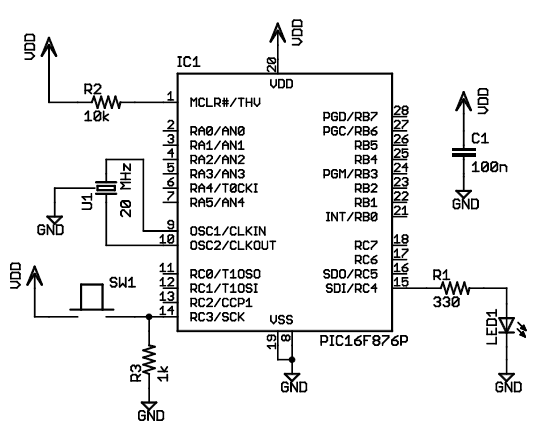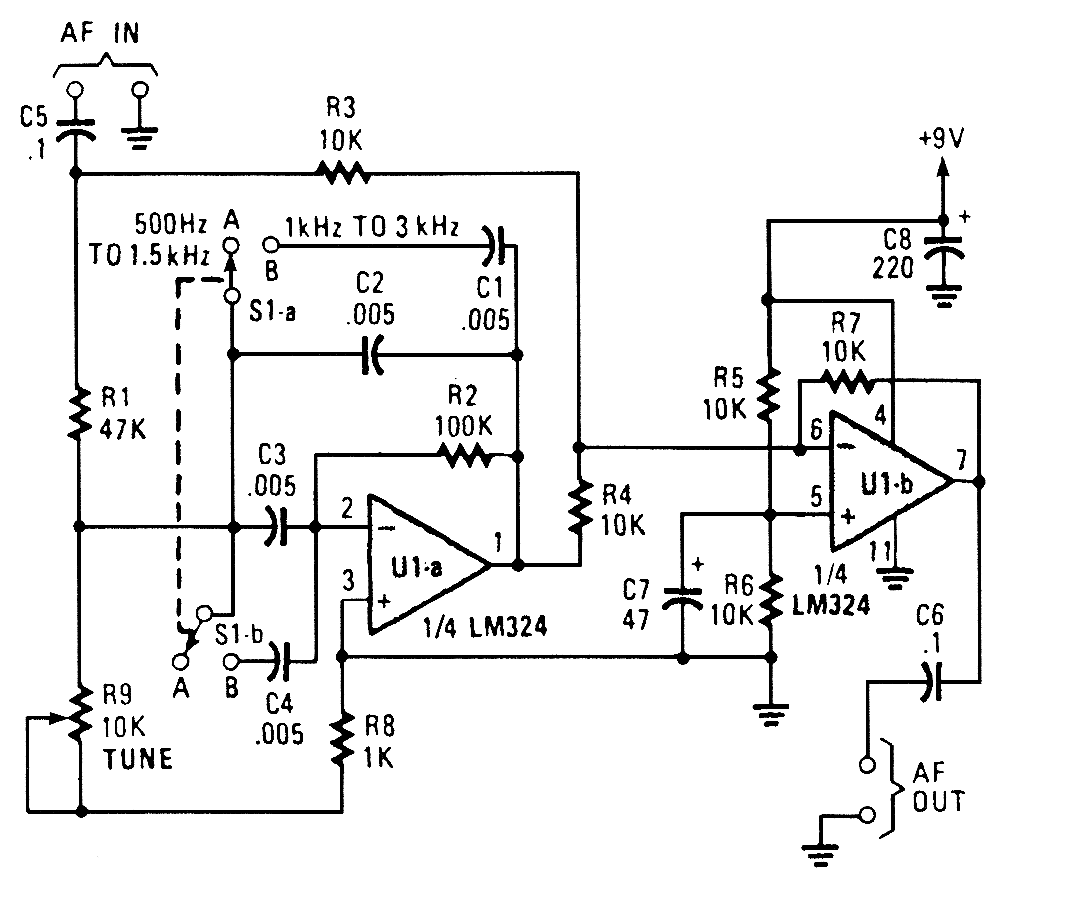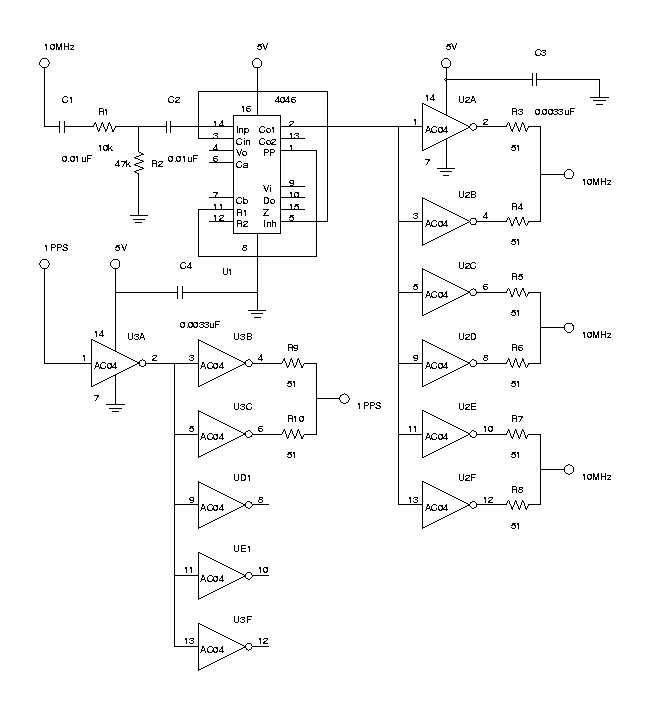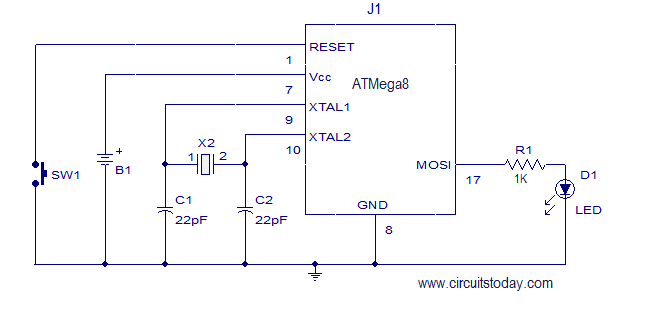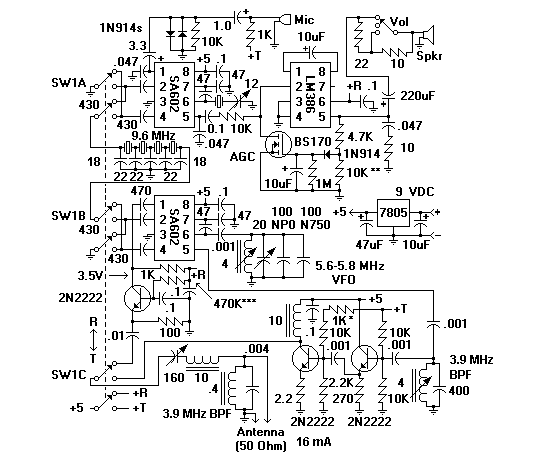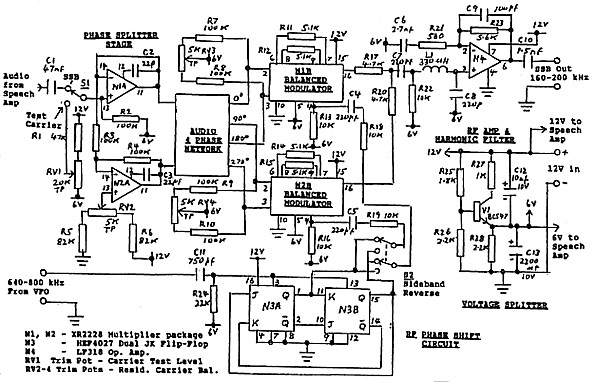
ssb add on for am receivers
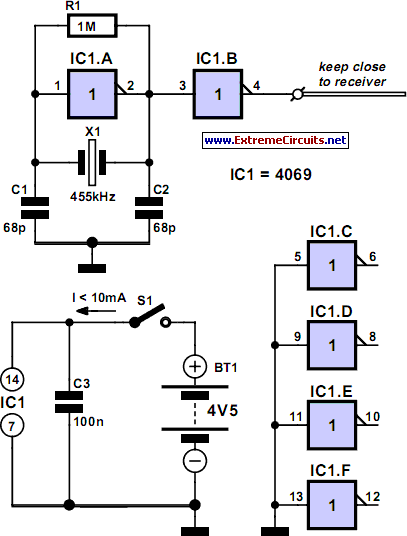
Given favorable radio wave propagation, the shortwave and radio amateur band are filled with SSB (single-sideband) transmissions, which, regardless of the language, will not produce intelligible speech on an AM radio. SSB is transmitted without a carrier wave. To demodulate an SSB signal (i.e., convert it into intelligible speech), it is necessary to use a locally generated carrier at the receiver side. As most inexpensive SW/MW/LW portable radios (and quite a few more expensive general coverage receivers) still use a standard 455 kHz for the intermediate frequency (IF), incorporating SSB requires allowing the radio's IF to pick up a reasonably strong 455 kHz signal and enabling the existing AM demodulator to perform the necessary processing.
The SSB transmission method is an efficient use of bandwidth, as it transmits only one sideband (either upper or lower) of the modulated signal, effectively doubling the capacity of the channel compared to conventional amplitude modulation (AM). The absence of a carrier wave in SSB means that the transmitted power is concentrated in the sidebands, which is advantageous for long-distance communication.
To successfully demodulate an SSB signal, a coherent detection method is employed, which necessitates the generation of a carrier signal at the receiver that matches the frequency of the original carrier used in the transmission. This is typically accomplished using a phase-locked loop (PLL) or a direct digital synthesizer (DDS) to create a stable frequency reference.
In practical applications, the radio's intermediate frequency (IF) stage at 455 kHz plays a crucial role in this process. The incoming SSB signal is mixed with the locally generated carrier signal, producing two new signals at the sum and difference frequencies. The difference frequency is the one of interest, as it falls within the passband of the AM demodulator. The AM demodulator can then extract the audio information from this difference frequency, allowing for the conversion of the SSB signal into intelligible speech.
It is important to note that while many low-cost radios utilize the 455 kHz IF, some advanced receivers may offer selectable IF frequencies or employ digital signal processing (DSP) techniques to enhance the demodulation of SSB signals. Such advancements can significantly improve the clarity and quality of the received audio, making SSB communication more accessible and effective for amateur radio operators and shortwave listeners alike.Given favourable radio wave propagation, the shortwave and radio amateur band are chock-a-block with SSB (single-sideband) transmissions, which no matter what language they`re in, will fail to produce intelligible speech on an AM radio. SSB is transmitted without a carrier wave. To demodulate an SSB signal (i. e. turn it into intelligible speech) i t is necessary to use a locally generated carrier at the receiver side. As most inexpensive SW/MW/LW portable radios (and quite a few more expensive general coverage receivers) still use plain old 455 kHz for the intermediate frequency (IF), adding SSB amounts to no more than allowing the radio`s IF to pick up a reasonably strong 455-kHz signal and let the existing AM demodulator do the work. 🔗 External reference
The SSB transmission method is an efficient use of bandwidth, as it transmits only one sideband (either upper or lower) of the modulated signal, effectively doubling the capacity of the channel compared to conventional amplitude modulation (AM). The absence of a carrier wave in SSB means that the transmitted power is concentrated in the sidebands, which is advantageous for long-distance communication.
To successfully demodulate an SSB signal, a coherent detection method is employed, which necessitates the generation of a carrier signal at the receiver that matches the frequency of the original carrier used in the transmission. This is typically accomplished using a phase-locked loop (PLL) or a direct digital synthesizer (DDS) to create a stable frequency reference.
In practical applications, the radio's intermediate frequency (IF) stage at 455 kHz plays a crucial role in this process. The incoming SSB signal is mixed with the locally generated carrier signal, producing two new signals at the sum and difference frequencies. The difference frequency is the one of interest, as it falls within the passband of the AM demodulator. The AM demodulator can then extract the audio information from this difference frequency, allowing for the conversion of the SSB signal into intelligible speech.
It is important to note that while many low-cost radios utilize the 455 kHz IF, some advanced receivers may offer selectable IF frequencies or employ digital signal processing (DSP) techniques to enhance the demodulation of SSB signals. Such advancements can significantly improve the clarity and quality of the received audio, making SSB communication more accessible and effective for amateur radio operators and shortwave listeners alike.Given favourable radio wave propagation, the shortwave and radio amateur band are chock-a-block with SSB (single-sideband) transmissions, which no matter what language they`re in, will fail to produce intelligible speech on an AM radio. SSB is transmitted without a carrier wave. To demodulate an SSB signal (i. e. turn it into intelligible speech) i t is necessary to use a locally generated carrier at the receiver side. As most inexpensive SW/MW/LW portable radios (and quite a few more expensive general coverage receivers) still use plain old 455 kHz for the intermediate frequency (IF), adding SSB amounts to no more than allowing the radio`s IF to pick up a reasonably strong 455-kHz signal and let the existing AM demodulator do the work. 🔗 External reference
